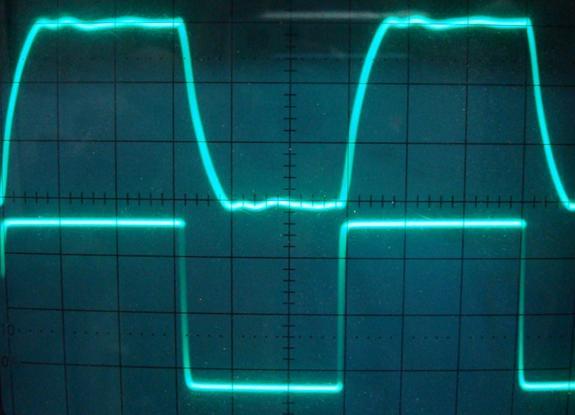There’s a technique called Microcurrent Stimulation (MCS).
Perhaps you’ve heard of it?
For anyone in sports medicine, microcurrent therapies have a long and successful history repairing advanced muscle injuries and strains.
But for the eyes?
You bet. A number of years ago this therapy showed that it could definitely help your eye disease. So much so that it now plays a key role in the Better Eye Health program and the work we do with serious eye disease. It’s a powerful tool.
Now you may have some questions and I think we might be able to provide some answers.
Microcurrent Stimulation therapies use equipment that is only available by prescription from a licensed medical practitioner. The devices are officially approved and licensed for use in pain control and to improve cellular metabolism to promote tissue repair and healing. The use of MCS in the treatment of an eye disease is called an "off-label" use. This kind of use is permitted, but the decision to do this is one you make in collaboration with your health care professional.
There are many devices on the market that call themselves microcurrent stimulators. Having studied them all, we found that only a few are appropriate for use in eye disease. All of the effective devices share some common features.
Before we discuss the specifics about the devices, you must be clear about three things:
- Microcurrent Stimulation alone, even with a good unit, will bring little or no improvement. Grace Halloran, Ph.D. who developed these programs was helping people restore vision for the first ten years of her work, and she was not even using MCS. You need a total program that supports eye health. MCS helps things happen a bit faster, and get a bit better. Alone, MCS is not enough, no matter which unit you use.
- It's called microcurrent therapy for a reason. You need a device capable of delivering precise amounts of very low currents. Physiological levels of current. You generate more current in your body when you sneeze than a good microcurrent device can produce. Using too much current, like some TENS (stands for transcutaneous electrical nerve stimulation) units used for pain control, can actually be harmful to your eyes.
- Technically, the Food and Drug Administration (FDA) that regulates medical devices classifies all of these units as TENS devices. Yet some units are nothing more than a battery, a capacitor with a couple of wires attached. The professional units are actually computer controlled signal generators with the capability of delivering precise and tightly controlled current at specific frequencies. The units that work are precision medical instruments.
What makes the better units better? The most effective units all have the ability to tightly control the amount of current delivered. This is harder than it seems, because when you are treating tissues, the electrical resistance in the tissues changes moment-to-moment as you apply the current. A good machine can adjust the electrical output moment-to-moment so that the amount of current delivered remains constant.
The machine needs to deliver current at several frequencies. There is discussion about a type of unit called a frequency specific microcurrent stimulator. We have studied these devices and to date, they have shown no advantage over the proven technologies we have been using for the last 10 years. The frequency specific machines are adequate, but add layers of complexity and a great deal more cost, but with no added advantage for you. Reports on the success rates in groups treated with frequency specific units are no better that the results we've had over the past 20 years.
But rest assured, we track advances in this field all the time. If you are in the program, and something better comes along, you will likely hear about it from us.
The unit you will be using for your eyes is also an excellent unit for the treatment of problems in your back, your joints, your jaw, your neck, etc. The orthopedic doctors use these devices to help heal difficult bone fractures. Experimentally these devices have been used to regrow amputated limbs in animals! If you have other medical problems that might be helped by MCS, we can address them after you start the program.
We hope this answers your questions. Please leave a comment if a further question needs answering.
To Your Health!

